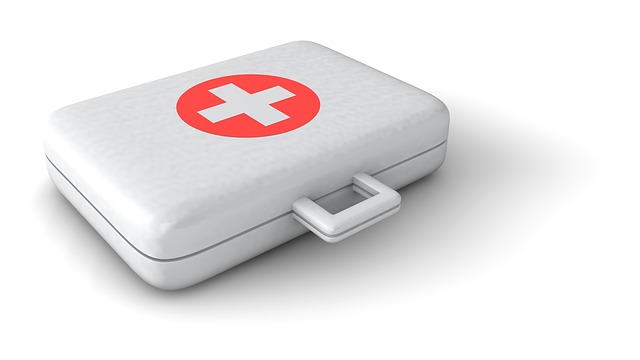Essential First Aid: A Guide to Responding Swiftly in Emergencies
Accidents and emergencies can happen at any time and in any place, often when we least expect them. Having a basic understanding of first aid can be a crucial skill that empowers individuals to respond effectively in critical situations. Whether at home, work, or in public spaces, being prepared with the knowledge of first aid can make a significant difference in providing immediate assistance until professional help arrives. In this article, we will explore the fundamentals of first aid, covering key principles and actions to take in common emergency scenarios.
- Prioritize Safety: The first rule of first aid is to ensure your safety and the safety of others at the scene. Before rushing in to help, assess the situation for potential hazards such as traffic, fire, or unstable structures. Make sure the area is safe before attempting to provide assistance.
- Assessment and Emergency Services: Begin by assessing the victim's condition. Check for responsiveness and breathing. If the person is unresponsive and not breathing or only gasping, immediately shout for help and get emergency services. Time is of the essence in such situations, and professional help should be summoned as quickly as possible.
- CPR (Cardiopulmonary Resuscitation): CPR is a vital skill that can be a lifesaver in cardiac emergencies. If someone is unresponsive and not breathing normally, start CPR. Chest compressions and rescue breaths can help maintain blood circulation and oxygenation until professional help arrives.
- Choking: Choking is a common emergency, especially in children and the elderly. If someone is choking, encourage coughing. If coughing doesn't work, perform abdominal thrusts (Heimlich maneuver) until the object is dislodged.
- Bleeding and Wound Care: In the case of bleeding, do not pull out any stab weapon, apply direct pressure to the wound using a sterile bandage or clean cloth. Elevate the injured limb if possible and maintain pressure as you seek emergency care.
- Shock: Shock can result from various injuries or medical conditions. Keep the person flat and warm, elevate their legs if no spinal injury is suspected, and seek emergency care.
- Burns: Treat burns by cooling the affected area with cold running water for at least 10 minutes. Avoid ice or very cold water, as this can further damage the tissue. Cover the burn with a clean, non-stick bandage and seek emergency care,
- Fractures and Sprains: Immobilize the injured limb using a splint or bandages. Elevate the limb if possible, and apply ice to reduce swelling. Seek medical attention promptly.
- Poisoning: If someone has ingested a poisonous substance, seek urgent care immediately. Do not induce vomiting unless directed to do so by professionals.
Conclusion:
Being equipped with basic first aid knowledge is not only valuable but can also be a lifesaving skill. While this article provides an overview of essential first aid principles, it is crucial to participate in certified first aid training programs to gain hands-on experience and a deeper understanding of emergency response. Remember, the goal of first aid is to provide immediate care until professional help arrives, and being prepared can make all the difference in critical situations.
